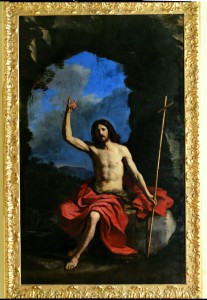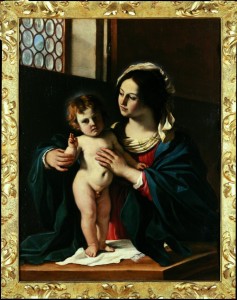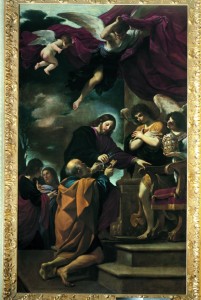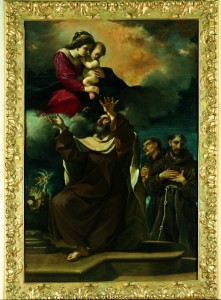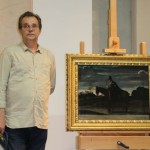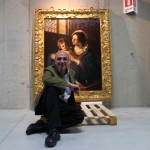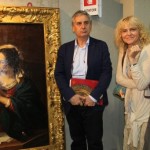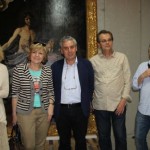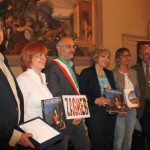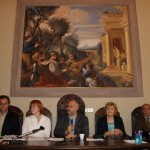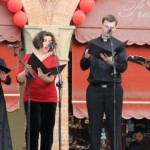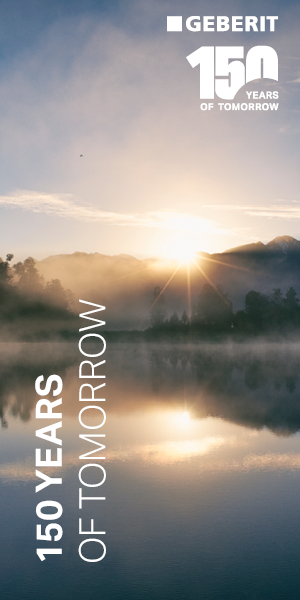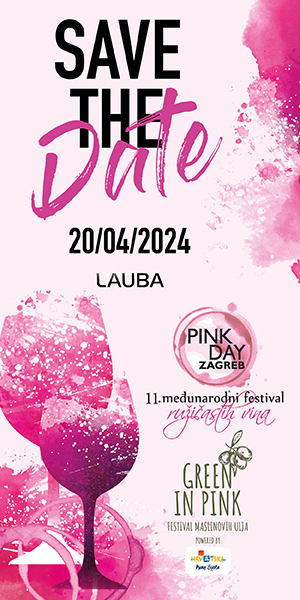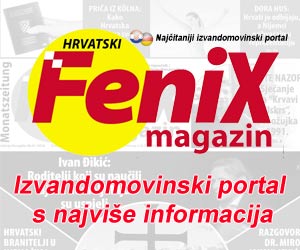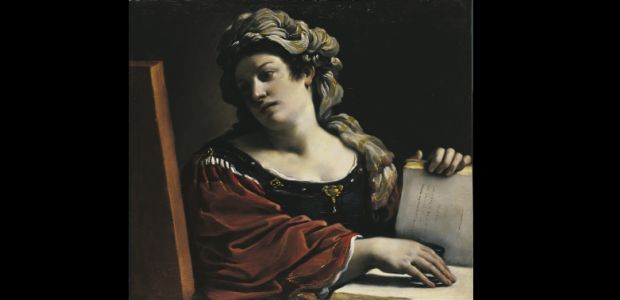
Giovanni Francesco Barbieri, called Il Guercino was an Italian Baroque painter from Cento, whose paintings can be rarely seen outside the National Picture Gallery, in which they are located.
His paintings will be on display in Zagreb at the Museum of Arts and Crafts as a part of the world’s exhibitions.
The exhibition, titled “Guercino – Baroque light” will be accessible to visitors from 23 October 2014 until the January 31 2015, and thereafter will be presented to art lovers in Japan and America.
After a very successful exhibition of Caravaggio’s painting “Supper at Emmaus” with the assistance of the Embassy of Italy, the city of Zagreb, the Ministry of Culture and Privredna banka Zagreb, Croatia will be honored with a new superb exhibition. Under the patronage of the Presidents of Italy and Croatia, we will be able to see numerous works of this extremely respected artist who lived and worked in the small town of Cento and was extremely sought artist of his time. Today, the works of the prominent artist are kept in the National Picture Gallery of Bologna.
At the exhibition will be presented 35 masterpieces from Guercino, from the frescoes to the altar painting. Vesna Kusin said about Guercino:
“I would say that it befits an Aquarius (Guercino was born in early February), who advanced with wide horizons and attitudes, marching ahead of his time. Because of it he could establish Cento Academy when he was only 25 years old! A year later Ludovico Carracci, when he stayed in Bologna, wrote of him: Here is a young man, originally from Cento, who paints with the happiest inventiveness. Hi is a great artist and extremely successful with colors: it is a miracle of nature, the miracle that amazes one who sees his work.”
The chronological sequence of works covers a broad range of time, from the first orders for the Monastery of Santo Spirito and the parish church Renazzo in Cento to the late works from Bologna phase. The exhibition will provide a clear insight into the unusual change of Guercino style and a gradual shift away from extremely dramatic baroque luminosity and dynamic stage arrangements.
Emblematic works of the transitional style, after he stayed in Rome, are presented in paintings “Cristo Risorto appare alla Vergine” and “Madonna con Bambino benedicente”. Those two pictures have simple compositions, they are restrained from emotions with the more steady gestures of the characters and are generaly brighter in tonality. They announce, the new classicist stage of master. Thanks to that stage, after the death of Guido Reni, Guercino took his workshop and moved to the Bologna.
At the press conference, held in Cento were present the Director of the Museum of Arts and Crafts, Miroslav Gasparović, deputy Director of museum, Ledić Vesna, Assistant of Croatian Minister of Culture, Vesna Jurić Bulatović, Deputy Mayor of the City of Zagreb, Vesna Kusin, Head of the Department for artistic and historical heritage, Luigi Ficacci, Mayor of the City of Cento, Piero Lodi and Head of the Cento’s department of culture, Claudia Tassinari.
Vesna Jurić Bulatović perfectly described this laudable event:
“I am pleased to say that the exhibition “Guercino – Baroque light” will be another evidence of outstanding inter-state cooperation, especially when it comes to our friendly Italy. Cooperation between the institutions of the Italian Republic and the Republic of Croatia, the realization of this exhibition, as well as many of the previous (and future) projects, confirmed by long witnessed cultural cosmopolitanism of our two countries, visible in the presentation of cultural heritage, and opens up new areas of mutual interest and introductions.”
The announcement of this event was ended with the sounds of the “Antiphonus” ensemble from Zagreb, at the Piazza Guercino with the concert “L’ amor gentile, l’amore crudele” with works by Claudio Monteverdi caused even greater impatience in anticipation of this great event and a project worthy of praise.
Author: Diana Mikloš
Photography (gallery): Wish.hr
Thanks to: Museum of Arts and Crafts (Muzej za umjetnost i obrt)
